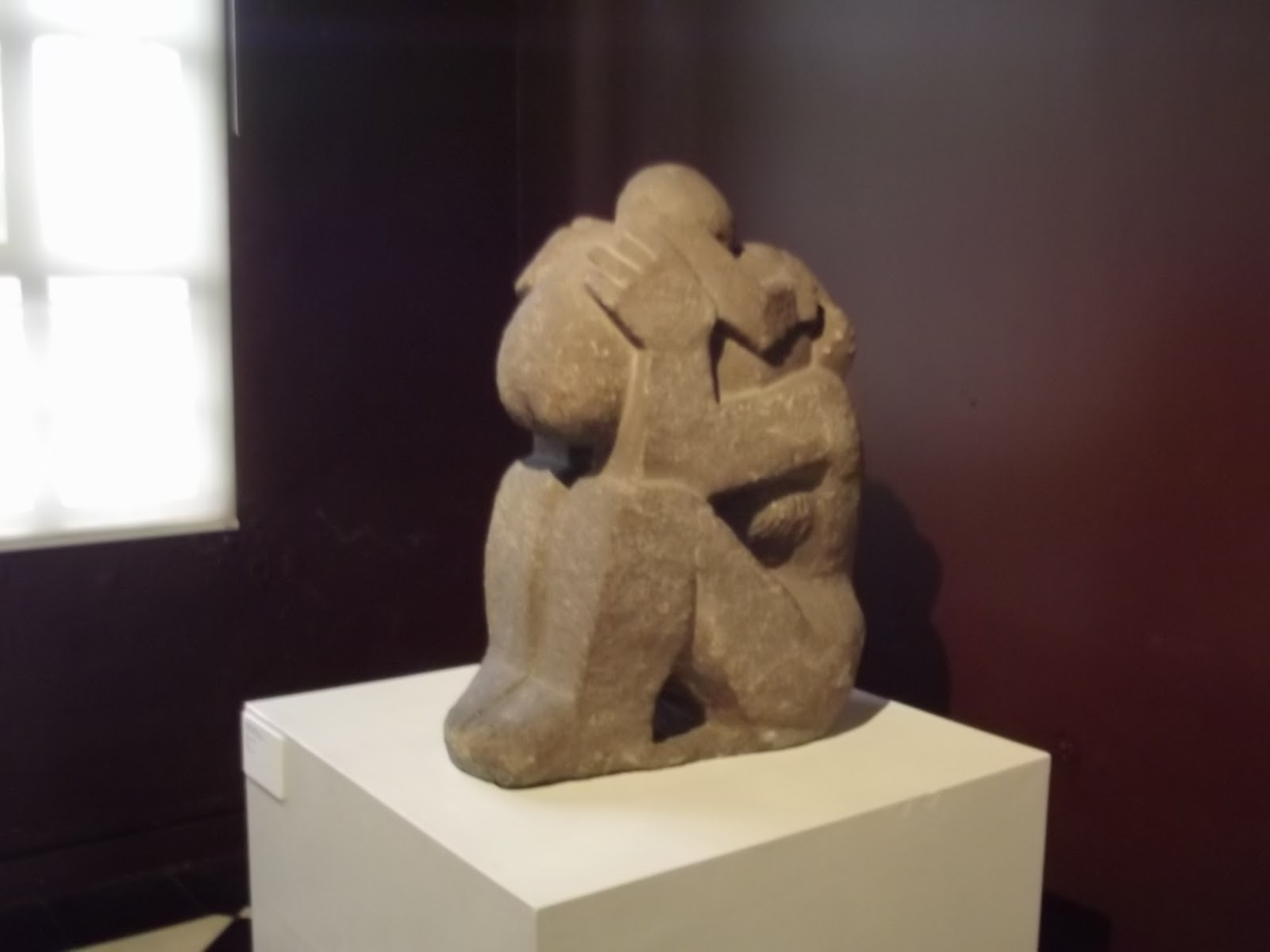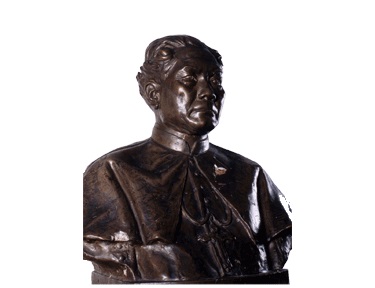$Museums
National Museum of the Philippines
- Street: Padre Burgos Ave,
- City: Ermita, Manila,
- Country: Philippines
- Listed: June 20, 2017 10:15 am
- Expires: This ad has expired
Description

The National Museum of the Philippines is the repository and guardian of the Philippines’ natural and cultural heritage. As one of the lead government cultural agencies, it is tasked to achieve the goals of instilling cultural consciousness and a sense of pride and nationalism among Filipino citizens through its activities covering the sciences, education and culture.
Established in 1901 as an ethnography and natural history museum, and subsequently housed in its present building which was designed in 1918 by the American Architect, Daniel Burnham, the National Museum has since then broadened its concerns in the arts and sciences. Today, it occupies the main building (former Old Congress Building) where the arts, natural sciences and other support divisions are housed and the adjacent former Finance building in the Agrifina Circle of Rizal Park now called The National Museum of the Filipino People where the Anthropology and Archaeology Divisions are housed.
 The building was originally designed as the public library by Ralph Harrington Doane, the American consulting architect of the Bureau of Public Works, and his assistant Antonio Toledo. Construction began in 1918 but was suspended several times because of lack of funds. When it was decided that the building should be used by the Legislature, the revisions of the plans was entrusted to Juan Arellano, then supervising architect of the Bureau. The building was inaugurated on 16 July 1926, and by then had cost four million pesos.
The building was originally designed as the public library by Ralph Harrington Doane, the American consulting architect of the Bureau of Public Works, and his assistant Antonio Toledo. Construction began in 1918 but was suspended several times because of lack of funds. When it was decided that the building should be used by the Legislature, the revisions of the plans was entrusted to Juan Arellano, then supervising architect of the Bureau. The building was inaugurated on 16 July 1926, and by then had cost four million pesos.The building was part of Daniel Burnham’s plan for the development of Manila. Upon its completion, the second, third, and fourth floors were occupied by the Senate and House of Representatives while the ground floor was occupied by the National Library.
The 1934 Constitutional Convention was held in this building. On its front steps Manuel L. Quezon was sworn in as President of the Commonwealth. The Legislative Building was a casualty during the bombing and shelling of Manila in 1945. It was reconstructed in 1946 following the original plans but with some revisions, such as the replacement of flat pilasters of the stately rounded engaged columns.
 The huge art piece is sculpted from solid adobe and shows abstract figures of a woman in a sitting position and holding a child. The child, meanwhile, clings on the head of his mother.
The huge art piece is sculpted from solid adobe and shows abstract figures of a woman in a sitting position and holding a child. The child, meanwhile, clings on the head of his mother.The subject Mother and Child is very popular among visual artists. The National Museum prides itself with this Mother and Child sculpture created by Napoleon V. Abueva, a pioneer of Philippine modern sculpture.
 The Bust of Mons. G. Aglipay highlights the distinctive features that are trademarks of Guillermo Tolentino sculptures whether in terra cotta or bronze – perfect anatomy with particular emphasis in the eyes and character of the subject. Take note of the meticulous rendition of the cloth wherein the folds and texture are meticulously captured including the seemingly authoritarian look of the figure.
The Bust of Mons. G. Aglipay highlights the distinctive features that are trademarks of Guillermo Tolentino sculptures whether in terra cotta or bronze – perfect anatomy with particular emphasis in the eyes and character of the subject. Take note of the meticulous rendition of the cloth wherein the folds and texture are meticulously captured including the seemingly authoritarian look of the figure.The subject, Monsignor Gregorio Aglipay, was a former Catholic priest that became the founding bishop of the Philippine Independent Church (Iglesia Filipina Independiente) also known as the Aglipay Church.
The classical style of sculpture in the Philippines is the pioneering effort of Guillermo E. Tolentino. He championed the cause for classical art in the Philippines withstanding several critics in the advent of modernization in the Philippine art.
 This museum is the ancestral house and birthplace of priest patriot Fr. Jose Burgos. Known as Padre Burgos House, it is one of the notable historic structures of Vigan, the capital of the province of Ilocos Sur. It is a two-story structure located near the Provincial Capitol and close to St. Paul’s Metropolitan Cathedral. It was renovated by the Filipinas Foundation, Inc. and inaugurated on May 3, 1975. In January 1989, a Contract of Lease was executed by the Ilocos Sur Historical and Cultural Foundation, Inc. leasing the memorabilia for 50 years, and turning over the administration to the National Museum.
This museum is the ancestral house and birthplace of priest patriot Fr. Jose Burgos. Known as Padre Burgos House, it is one of the notable historic structures of Vigan, the capital of the province of Ilocos Sur. It is a two-story structure located near the Provincial Capitol and close to St. Paul’s Metropolitan Cathedral. It was renovated by the Filipinas Foundation, Inc. and inaugurated on May 3, 1975. In January 1989, a Contract of Lease was executed by the Ilocos Sur Historical and Cultural Foundation, Inc. leasing the memorabilia for 50 years, and turning over the administration to the National Museum.Vigan is strategically located at the delta of Abra River and was the center of political, religious, economic, social and cultural activities in Northern Luzon for more than three centuries. This city became the hotbed of social unrest against colonial abuses. Among those who led the cause for patriotism were the Bigueños Fr. Jose Burgos, the poetess Leona Florentino, her son Isabelo de los Reyes (father of Philippine Labor Unionism) and Elpidio Quirino, the second President of the Republic.
 The branch museum is housed in an old Spanish building that used to be a library and Municipal Trial Court of Boac, Marinduque. Representative and now Governor Carmencita Reyes, who facilitated the restoration of the building and construction of showcases, made possible the turnover of the lot and building to the National Museum by the municipality of Boac. The museum measures 410 square meters including the mezzanine floor.Boac, dubbed as a small paradise, is the capital town. The Boac branch museum was formally opened to the public on February 22, 1995.
The branch museum is housed in an old Spanish building that used to be a library and Municipal Trial Court of Boac, Marinduque. Representative and now Governor Carmencita Reyes, who facilitated the restoration of the building and construction of showcases, made possible the turnover of the lot and building to the National Museum by the municipality of Boac. The museum measures 410 square meters including the mezzanine floor.Boac, dubbed as a small paradise, is the capital town. The Boac branch museum was formally opened to the public on February 22, 1995.Visit the official website for complete details,National Museum of the Philippines,www.nationalmuseum.gov.ph
3553 total views, 1 today


